
Clear That ‘Something Behind The Scenes Is Breaking’ Holter Warns, We’re Headed For A Derivative Meltdown
Financial writer and precious metals expert Bill Holter (aka Mr. Gold) said at the beginning of November that there was “more risk in the financial system now than any time ever.”
There are so many ways the system can break down it’s hard to keep track, but let’s start with exploding silver prices that happened at the end of last week. Holter says,
“In a 48-hour period of time, silver was up over $5 per ounce. It’s pretty clear and pretty obvious that something behind the scenes is breaking.
We know that the lease rates have exploded. We know that the borrow rates on SLV have exploded.
We also know that in the last 5 to 7 years, silver has been in a deficit… At this point, you are looking at a 400-million-ounce deficit on an annual basis, and global production is 850 million ounces…
The rumor is somebody has put in a $20 billion order, which would mean 400 million ounces.
If that is the case, that order cannot be met, and that will create shark infested waters…
If somebody stands for delivery and it looks like it may be difficult for them to get delivery, then everybody is going to stand for delivery because they know that their contracts are worthless.”
What would happen if there is an actual failure to deliver in the silver market? Mr. Gold says,
“If that gets confirmed, then that one day you will see a huge spike, but markets won’t open after that. That will cascade. What will happen is all the COMEX contracts for both silver and gold will default.
That will spill over to the rest of the CME (Chicago Mercantile Exchange). It has contracts on US Treasuries and stocks. They have contracts on everything. If the silver contracts blow up and the gold contracts blow up, how much confidence are you going to have on pork bellies or stocks…
The derivative market is $2 quadrillion. In the future, you are going to measure your wealth by how many ounces of silver and how many ounces of gold you own…
Once you get a failure to deliver, you will get a Mad Max scenario. Failure to deliver will melt down all derivatives.
The world runs on credit, and credit runs on faith. If you break faith, then you have a real problem in the financial markets and the real economy.”
In closing, Holter warns, “The problem is there is very little collateral left. Everything has been borrowed against already.”
Holter is not alone in his thinking about huge risk in the system. It appears billionaire investors Jeff Gundlach and Ray Dalio agree with Holter, and they are warning of liquidity problems. For the first time in their successful careers, they are both buying physical gold.
On a total system stopping derivative meltdown, Holter says, “Most people think it is not possible, and it can’t happen. Mathematically, a meltdown in derivatives that melts everything down is coming. It’s over. Mathematically, it’s over.”
There is much more in the 41-minute interview.
Join Greg Hunter of USAWatchdog as he goes One-on-One with financial writer and precious metals expert Bill Holter/Mr. Gold as the risk in the financial system increases for 12.2.25.
Vaccine Toxin Schedule
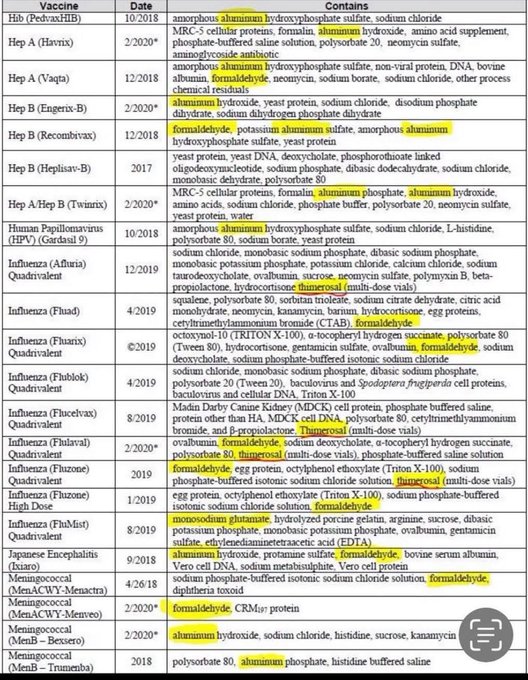
“If a child gets all of the vaccines in the entire schedule, they get almost 13,000 micrograms of aluminium … 600 micrograms of mercury, plus over 200 different chemicals.
That’s why they’ve never been proven to be safe.”
-Dr. Sherri Tenpenny
Pre-Written Narratives and Premature Outrage: ProPublica’s Plan to Review Our Upcoming Book, “The War on Chlorine Dioxide”

My brilliant co-author Jenna just lit up Substack with a hilarious and savage takedown of the pre-written hit-piece factory at ProPublica, a.k.a. “modern journalism.” – Pierre Kory
https://open.substack.com/pub/jennamccarthy/p/pre-written-narratives-and-premature
Why The Mediterranean Diet Is So Successful
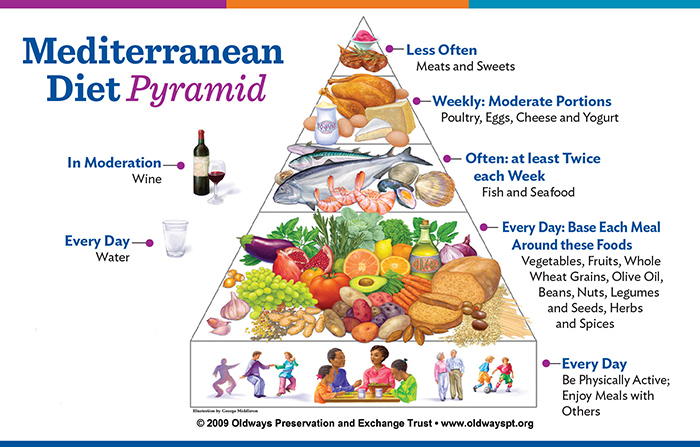
- A number of studies have confirmed the health benefits of a Mediterranean-style diet — most of which are likely due to it being low in sugars, moderate in protein and high in fresh fruits and vegetables, along with healthy fats
- Eating a Mediterranean-style diet has been linked to a number of health benefits, including prevention and reversal of metabolic syndrome, improved cardiovascular health and reduced risk for stroke
- Other benefits include reduced risk of adult acne, rheumatoid arthritis, Parkinson’s, Alzheimer’s disease and cancer, and improved overall health and longevity
Albert Battel
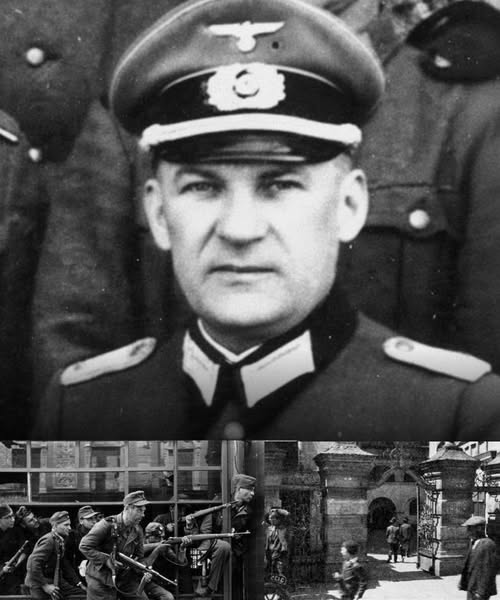
Edwin Moses
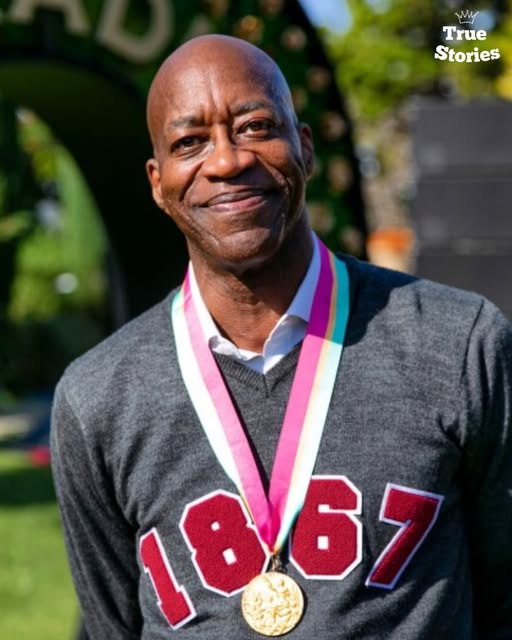
Violet Hensley
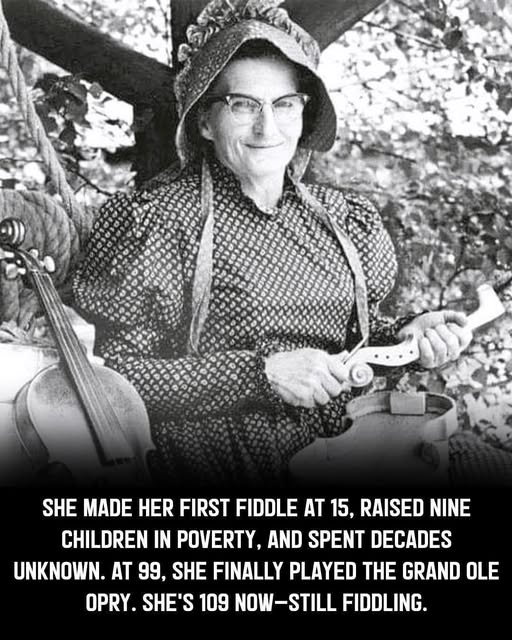
In 1931, a fifteen-year-old girl in the Arkansas backwoods told her father she wanted to make a fiddle.
He pointed to his tools and a pile of wood. “There’s what you need. Help yourself.”
Violet Brumley picked up a knife and started whittling.
Her father, George Washington Brumley, had made his first fiddle in 1888 when he was fourteen years old—back when homesteaders built everything themselves because buying wasn’t an option. He’d traded fiddles for wagons, shotguns, milk cows. A fiddle was worth a dollar, maybe, if you sold it for cash.
Violet watched him work, learning which woods sang and which stayed silent. She memorized the curve of the neck, the arch of the top, the precise placement of the sound post. No blueprints. No instruction manual. Just memory and feel.
It took her months to finish that first fiddle. When she drew the bow across the strings, the sound was perfect.
She was hooked.
But life had other plans.
At eighteen, Violet married Adren Hensley. The babies started coming—nine children in all, born while the family scraped by on subsistence farming. They were so poor, Violet later joked, that “if the flies had anything to eat, they’d bring their own food.”
Between 1932 and 1934, she made three more fiddles. Then fiddle number four.
Then nothing. For twenty-seven years.
Nine children don’t raise themselves. Fields don’t plow themselves. There was no time for five-gallon buckets of wood shavings and 250-hour crafting projects when you were trying to keep your family fed.
The fiddles gathered dust. The music stayed quiet.
The family moved to Oregon to pick fruit—strawberries, potatoes, prunes. Migrant work. Survival. In 1959, they heard about cheap land near Yellville, Arkansas—forty acres for $250. They moved back, bought the land, started over.
Violet was in her forties. Her children were growing up. And slowly, quietly, she picked up her knife again.
In 1961, she made fiddle number five.
The break was over. She was a fiddle maker again.
By 1962, at age forty-six, someone convinced her to enter the local Turkey Trot Talent Show in Yellville. She came in second. At the show, she met Jimmy Driftwood, a folk musician who invited her to play at his theater in Mountain View.
That led to the War Eagle Craft Fair.
Which led to Silver Dollar City discovering her in 1967.
The theme park in Branson, Missouri, originally wanted her as a woodcarver. But when they heard her play the fiddles she’d made with her own hands—heard her unique style, her Ozark rhythms, her refusal to play like anyone else—they changed their minds.
They wanted her to fiddle.
And suddenly, after fifty years of obscurity, Violet Hensley became famous.
Not movie-star famous. Folk-legend famous. The kind where Charles Kuralt shows up to interview you for CBS News. Where National Geographic features you in 1970. Where producers from Captain Kangaroo and The Beverly Hillbillies call asking if you’ll appear on their shows.
She traveled to promote Silver Dollar City, appearing on The Art Linkletter Show in 1970, walking around eating ice cream with “Granny” when The Beverly Hillbillies filmed episodes at the park. In 1977, she danced with Mr. Green Jeans on Captain Kangaroo. In 1992, she was on Live with Regis and Kathie Lee.
Through it all, she kept making fiddles. Seventy-four in total, each one taking about 260 hours of work. She used native Ozark woods—buckeye, sassafras, pine, spruce, basswood, cherry, curly maple, bird’s eye maple, quilted maple. She’d cut down the trees herself with a handsaw.
“Someone asked me a long time ago what my secret was of putting the tone into a fiddle,” she said. “The tone just comes in with the wood as best as I can figure.”
Her fiddles became treasures. Collectors paid thousands. Museums displayed them. But Violet kept a few she wouldn’t sell for any price.
She also learned to clog at age sixty-nine—doctor’s orders, after they told her to stop breaking horses and bareback riding. Her signature move became playing the fiddle on top of her head while clogging, her face beaming with pure joy.
For decades, she demonstrated at Silver Dollar City’s festivals. She released three albums with her family—daughters Sandra and Lewonna, husband Adren, son Calvin. The old-time tunes her father had taught her, songs that weren’t widely circulated, preserved through her hands and voice.
In 2004, the Arkansas Arts Council designated her an Arkansas Living Treasure.
But Violet had one dream left.
She’d grown up listening to the Grand Ole Opry on a battery-powered radio when she was nine years old, just after the show debuted in 1925. For ninety years, she’d listened to that program, playing along in her Arkansas cabin, imagining what it would be like to stand on that stage.
It seemed impossible. She was too old, too unknown, too far from Nashville’s spotlight.
Then fiddler Tim Crouch read her autobiography and found mention of her dream. He contacted Opry star Mike Snider.
And on August 6, 2016, at ninety-nine years old, Violet Hensley walked onto the Grand Ole Opry stage.
She wore a purple dress hand-sewn by her daughter Sandra. She carried fiddle number four, the one she’d made when she was seventeen years old.
The audience of 4,400 people rose to their feet before she even played a note.
Snider warned them: “This little lady plays her way.“
Violet launched into “Angelina Baker,” and the band scrambled to keep up with her rapid-fire fiddling. Her unique style—developed in isolation, learned from her father and the old-time fiddlers of the Ozarks—was unlike anything Nashville had heard.
When she finished, the applause was thunderous.
She returned in 2017 for her 100th birthday. Then again in 2018. Three times on the Opry stage, each time leaving audiences with their jaws on the floor.
In 2018, at age 101, she was inducted into the National Fiddler Hall of Fame.
And she kept going.
At 105, she contracted COVID-19. Her symptoms were mild. She recovered.
Today, at 109 years old, Violet Hensley is still alive in Yellville, Arkansas.
Her vision is too poor to make complete fiddles now, but she can still whittle by feel. She still demonstrates her craft. She still plays—fifty-eight years performing at Silver Dollar City and counting.
Her daughters say that while her muscles and words may fail her sometimes, the music never does. “For 109, she probably remembers more than we know, but just can’t say it. She feels it.”
The girl who made her first fiddle in poverty, who spent decades raising children in obscurity, who didn’t become famous until she was in her fifties, who finally achieved her lifelong dream at ninety-nine—she’s still here.
A living bridge to an Ozarks that barely exists anymore. A testament to craft, to patience, to the long game. A reminder that dreams don’t have expiration dates.
Her story started with a father telling his daughter to help herself to his tools. It continues with a 109-year-old woman whose handmade fiddles are museum pieces, whose music has inspired generations, whose life proves that fame delayed isn’t fame denied.
Violet Hensley didn’t become a legend by starting early or burning bright and fast.
She became a legend by never stopping. By making seventy-four fiddles one knife stroke at a time. By playing the music she loved for a century, whether anyone was listening or not.
And when the world finally noticed, she was ready. She’d been practicing for ninety years.
Would you have had the patience to spend decades perfecting a craft in obscurity, knowing your moment might never come?
How a Generation of Women Was Misled About Hormone Therapy
The FDA’s removal of hormone therapy warnings after 23 years validates what many women suspected.
“Was I misled?”
That’s the question I hear most from my patients lately—asked with anger, exhaustion, and the quiet devastation of women who wonder if they lost years of their lives to menopause symptoms they were told were untreatable.
The answer came earlier this month when the U.S. Food and Drug Administration announced it would remove “black box” warnings from hormone therapy products after 23 years. For many women, the reversal is an admission that arrives decades too late.
What Happened in 2002
In July 2002, preliminary data from the Women’s Health Initiative (WHI) were published in JAMA, showing that combined hormone therapy (estrogen and progestin) increased the risk of breast cancer, stroke, and pulmonary embolism. Major media outlets interpreted early signals from the study as definitive danger, and the announcement led to an instant and dramatic decline in the use of hormone therapy.
Women who had been sleeping well for the first time in years suddenly poured their medications into the trash. Pharmacies fielded calls from panicked patients demanding immediate discontinuation. Primary care doctors, most of whom had never been trained deeply in menopause management, told their patients to “stop now and ask questions later.”
Women did stop, and many suffered in silence for the next 20 years.
The FDA’s Historic Reversal
On Nov. 10, the FDA announced that it is initiating the removal of broad “black box” warnings referencing risks of cardiovascular disease, breast cancer, and probable dementia from hormone replacement therapy products for menopause.
When FDA Commissioner Dr. Marty Makary spoke publicly about the shift, he didn’t mince words. He said the media had frightened women away from a potentially life-changing therapy, and he noted the difference between estrogen-only therapy and synthetic combination regimens. He acknowledged, openly, that the “fear machine” had begun long before the scientific data had been fully understood.
He also said something that struck many women deeply: “After 23 years of dogma, the FDA is stopping the fear that has steered women away from this life-saving treatment.”
For many of my patients, that sentence felt like a validation they had waited half a lifetime to hear.
The Devil Is in the Details
The details that matter most sat quietly in the medical literature for years—in the 2002 article and the two follow-up studies published in 2011 and 2020 in JAMA.
The Study Population Was Older
Women recruited in the WHI study were all postmenopausal, aged 50 to 79 years, with an average age of 63—more than a decade past the onset of menopause. Most had not used hormones before, and many had cardiovascular risk factors.
The Hormones Were Synthetic
The adverse results found among older women taking combined conjugated equine estrogen and medroxyprogesterone acetate—both older, synthetic formulations developed in a different era—were generalized to all hormone therapy types and all age groups.
Estrogen-Only Therapy Showed Different Results
The estrogen-only group in the WHI study—women who had hysterectomies and therefore received estrogen without synthetic progestins—had a lower rate of breast cancer.
In the storm of fear that followed, no one wanted to hear nuance.
The Critical Factor
Yet even in the early 2000s, there were physicians who paused, confused because something about the reporting didn’t align with what they were seeing clinically. The hormones used in the WHI study weren’t the bioidentical estradiol and progesterone that many clinicians were already prescribing with good results. More importantly, the women who seemed to benefit most from hormone therapy were those who began it near menopause—not in older age.
Timing is critical. The body responds to estrogen very differently pre-menopause versus a decade post-menopause. After years of low estrogen, the blood vessels lose their flexibility, plaque accumulates, and metabolic changes settle in. The risk-benefit balance is fundamentally different for women who initiate hormone therapy at different ages.
This is what we in medicine now call the “timing hypothesis”—a concept that should have been central to every headline but was lost entirely.
And for two decades, women lived inside that headline and endured the consequences of fear and misinformation.
What Women Lost
The point is not that hormone therapy is perfect or appropriate for everyone. It’s that women were never given the chance to make an informed choice.
Women who begin hormone therapy earlier—ideally within 10 years of menopause—tend to experience improved sleep, reduced anxiety and irritability, and protection against bone loss.
Many report better cognition, improved cardiovascular markers, and enhanced sexual health and relationship well-being. Although spoken about more quietly, perhaps the most profound benefit is the simplest one: the return of themselves.
Takeaways
The new FDA guidelines do not signal a new fad or a sudden reversal. They mark a return to evidence-based medicine—the kind that millions of women should have received all along.
Hormone therapy is not appropriate for every woman, and it is not a cure-all. However, it is a powerful tool, and for the right woman at the right moment, it can restore a quality of life she thought she’d lost forever.
Our job now—as clinicians, as journalists, as a society—is to give women back what fear took from them: clarity, choice, and control.
Everything that follows in this series of columns will build on that mission.
Archaea
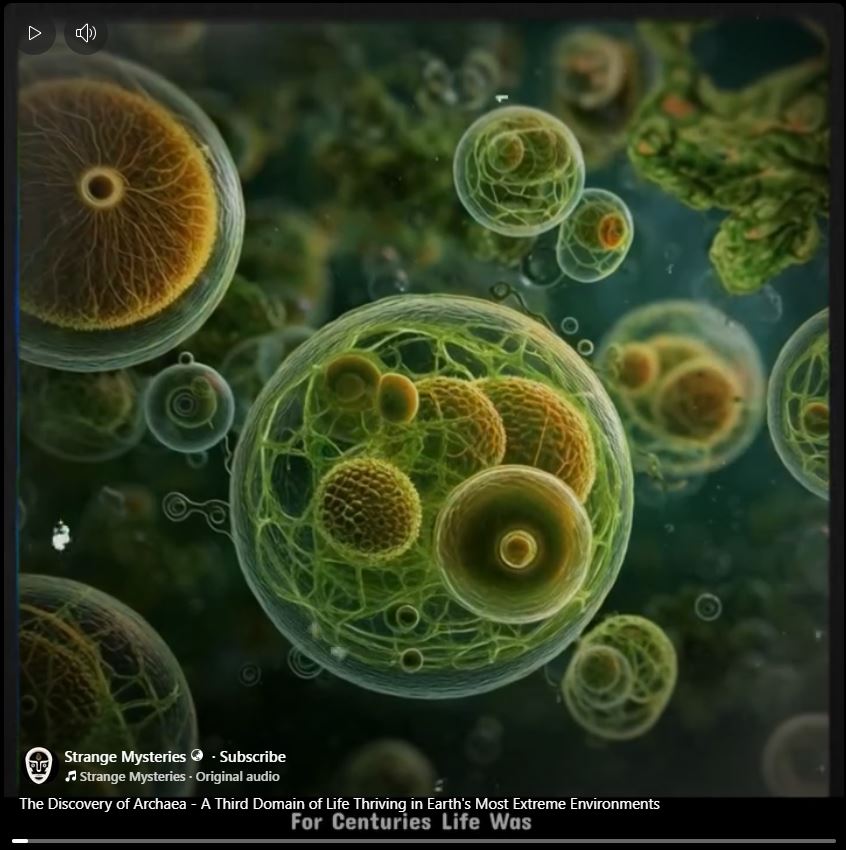
Click to view the video: https://www.facebook.com/reel/867470365750627
